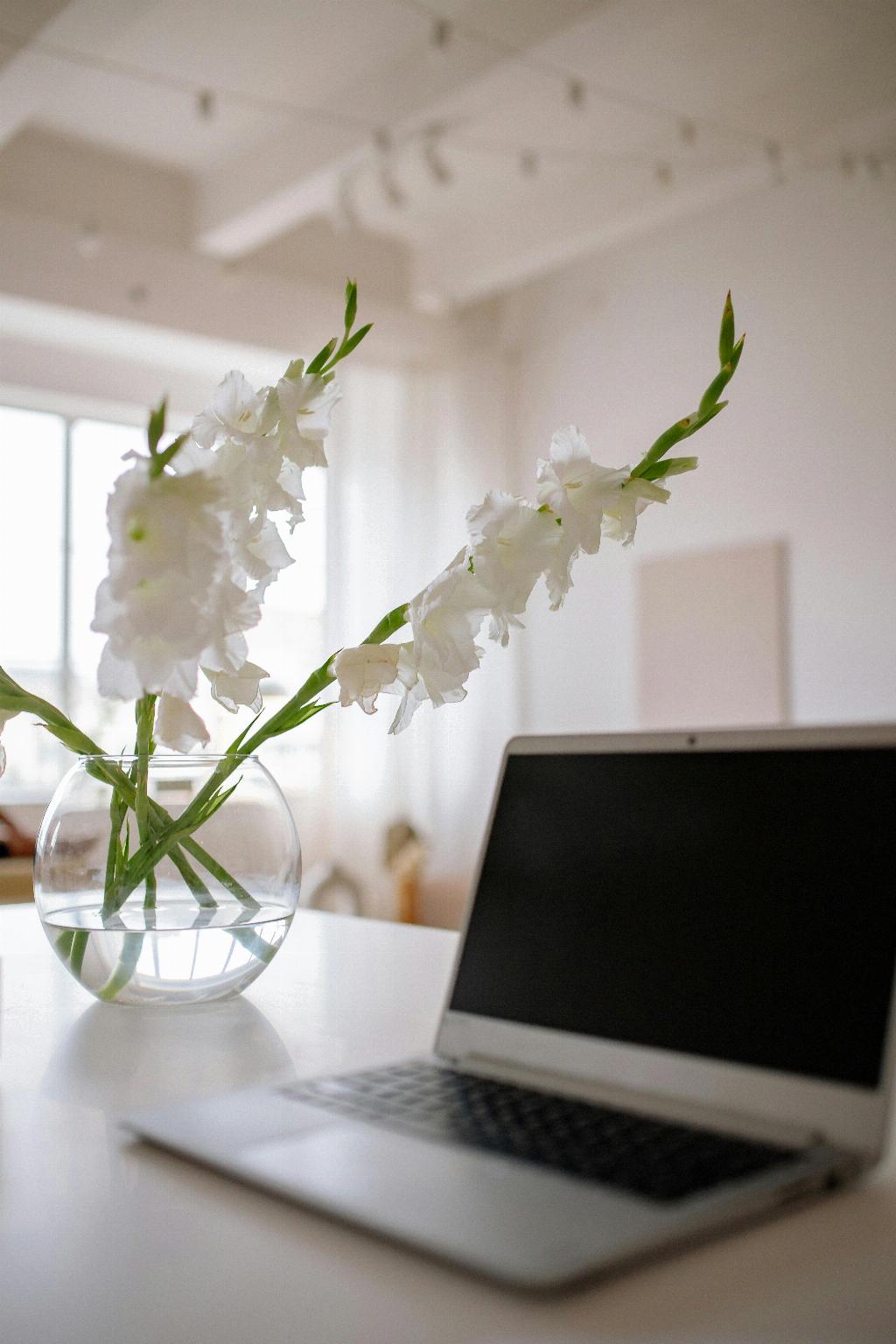When you notice your peace lily leaves starting to turn black, it can be quite concerning. This plant, known for its elegant white blooms and lush green foliage, is generally quite resilient. However, the appearance of blackened leaves indicates that something is amiss in the care routine of your peace lily. Let’s delve into the possible reasons behind this issue and explore solutions to help your plant thrive once again.
1. Overwatering and Underwatering
One of the most common reasons for peace lily leaves turning black is improper watering. Both overwatering and underwatering can lead to distress in your plant. Overwatering can cause roots to suffocate and rot, leading to blackened leaves. On the other hand, underwatering can result in dry, crispy leaves that eventually turn black.
2. Light Exposure
Peace lilies prefer bright, indirect light. If your plant is exposed to direct sunlight or very low light conditions, it may react by developing black spots on its leaves. Adjust the placement of your plant to ensure it receives the right amount of light for optimal growth.
3. Humidity Levels
These plants thrive in humid environments. Low humidity levels can cause stress to your peace lily, leading to blackening of the leaves. Consider placing a humidifier near your plant or misting its leaves regularly to create a more suitable environment.
4. Temperature Stress
Extreme temperatures, especially cold drafts or sudden temperature fluctuations, can shock your peace lily and cause its leaves to turn black. Ensure that your plant is kept in a stable, moderate temperature environment to prevent stress.
5. Nutrient Deficiency
A lack of essential nutrients, such as nitrogen, potassium, or magnesium, can manifest as black spots on peace lily leaves. Consider using a balanced fertilizer to provide your plant with the necessary nutrients for healthy growth.
6. Pests and Diseases
Pests like aphids, spider mites, and fungal diseases can also lead to blackened leaves. Inspect your plant regularly for any signs of infestation or disease, and take appropriate measures to eliminate the pests and treat the plant accordingly.
7. Root Bound Conditions
If your peace lily has outgrown its current pot, it may become root bound, leading to drainage issues and waterlogged roots. Repot your plant in a slightly larger container with fresh soil to promote healthy root growth and prevent blackening of the leaves.
8. Water Quality
The quality of water you use to irrigate your peace lily can also impact its health. Chlorinated or hard water can cause leaf discoloration and blackening. Opt for distilled or filtered water to prevent mineral buildup and maintain the overall well-being of your plant.
9. Age of Leaves
It is natural for older leaves on your peace lily to turn yellow, brown, or black as they age and eventually die off. Trim these blackened leaves to promote new growth and keep your plant looking fresh and vibrant.
10. Stress Factors
Environmental stress factors, such as moving the plant to a new location, repotting, or changes in light conditions, can trigger leaf blackening. Give your peace lily time to adjust to any environmental changes and provide consistent care to help it recover.
11. Proper Care and Maintenance
Regularly dusting the leaves, monitoring watering levels, ensuring adequate humidity, and providing proper lighting are essential aspects of caring for your peace lily. By maintaining a consistent care routine, you can help prevent issues like blackened leaves and promote the overall health of your plant.
12. Conclusion
Understanding the reasons behind peace lily leaves turning black is crucial for addressing the issue effectively. By identifying the potential causes, such as improper watering, light exposure, humidity levels, and nutrient deficiencies, you can take the necessary steps to revive your plant and restore its beauty. Remember to observe your peace lily closely, make adjustments as needed, and provide it with the care it needs to thrive and flourish.

